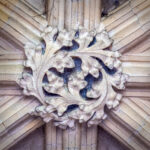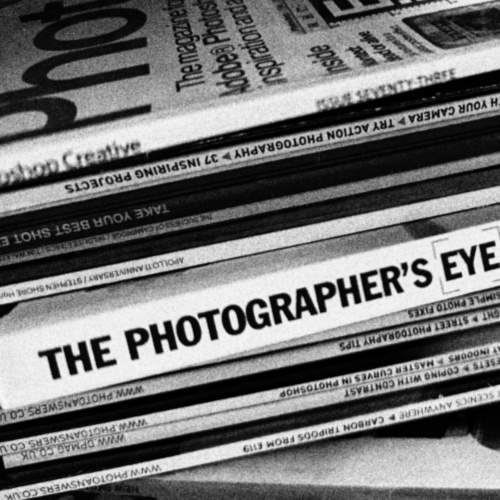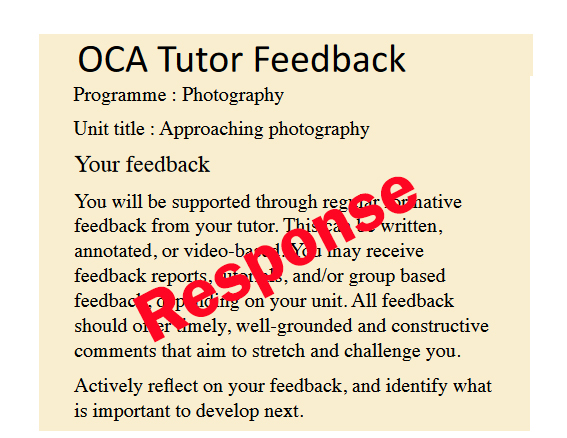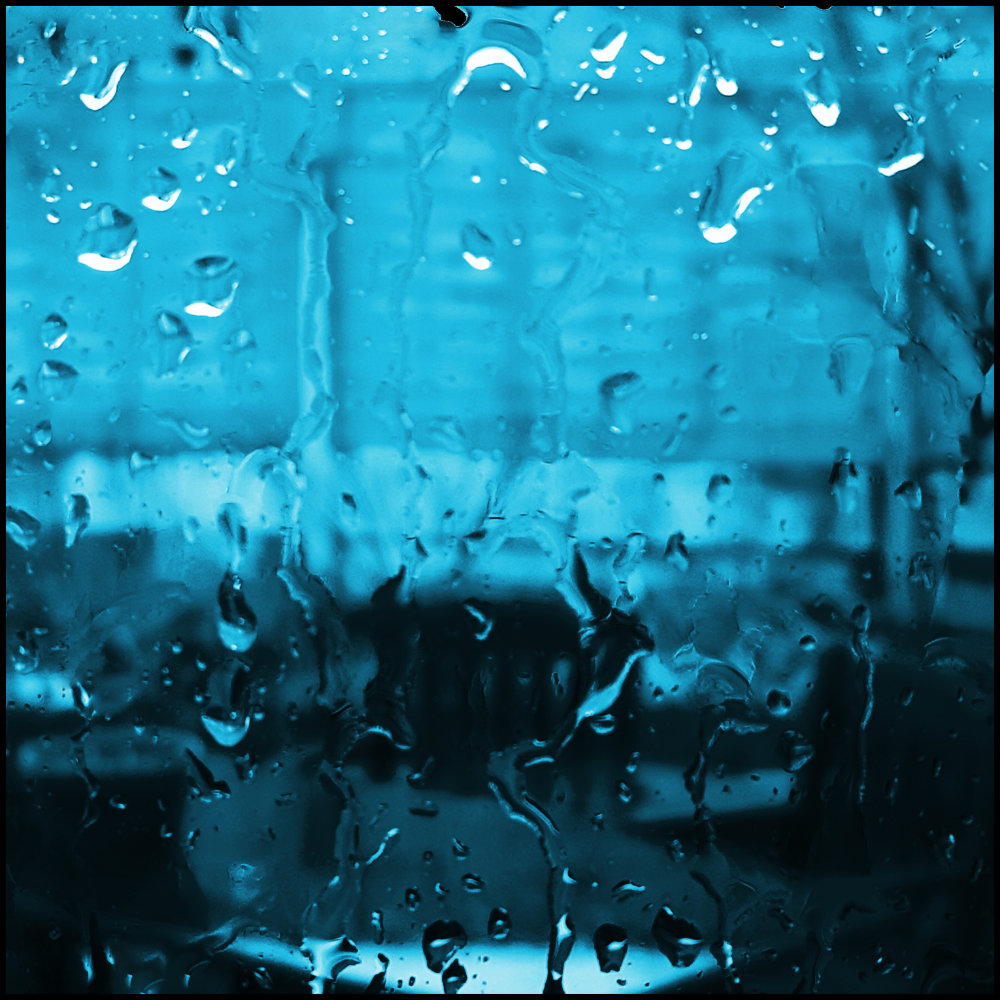Framing the Void
As humans we cannot conceive of a void, an infinity of nothingness, madness lies there. We attempt to ‘frame’ and contain the void with our own interpretations as suggested by Kazamir. Or the void is contained by something tangible – the edge on a blank canvas or computer monitor, beyond that edge or frame is the reality we exist in, full of features to anchor us in reality. Without these ‘anchors’ we are faced with the unimaginable, maddening, infinite.
Which leads me to how I’m thinking about ‘void’. Kazamir ‘s suggestion that his Black Square image (which is not completely black but has texture in the form of craquelure and colour poking through from an image under the painted black square) invites the observer to interact with their own interpretation. This intrudes on the ‘void’, it is no longer empty or blank, it is surrounded by the ‘feelings’ or ‘meanings’ of the observer. These meanings and feelings frame and contain the void.
This explains this assignment piece. There are two main ideas, absolute black and white voids with the intention that the observer feels ‘lost’ in the void, with the second idea of being relieved when the anchors: the frames, words, landscape features or the silhouettes appear within the void.
The blank screen idea probably was the result of the course reading describing how other artists had represented a void or empty space for observers or listeners to interact with. I dismissed the idea of submitting a video composed entirely of black slides or pages! However, I realised that you could integrate a void into your work in such a way to engage your viewer whilst still illustrating a void and generate possible responses to a void.
I had already started with black and white voids when I came across Tim Daly’s novel book ‘Returning Burton’s Plunder’ which sparked my idea of fading images to nothingness. His book is based on Burton’s diary that records photographically the theft of items from Tutankhamun’s tomb. Daly creates a book using Fox Talbot’s salt print process to create his pages, but because he has not fixed the emulsion, and with each viewing and exposure to light, the content on the pages degrades and disappears into a black void.


I had already played with a high/low key process using an image of an empty Scottish beach while I was trying out some ideas. I decided to use this image because it illustrates emptiness but not blankness and I could bleach/tone the image to create a void.
This image with its mountains on the horizon framing the flat beach is in contrast to the coloured seascape with the silhouette which is almost totally featureless and empty.
I also came across this image by Gilbert Garcin when searching Pinterest. It offered another dimension within the frame ideas I’d already worked with. I had by that time already developed something similar with the image of the endless beach with the silhouette body ‘anchoring’ the observer in reality. I hadn’t considered the silhouette’s response to the void as suggested by the title to this image!

Gilbert Garcin – Works (no date) Lisa Sette Gallery. Available at: https://www.lisasettegallery.com/artists/39-gilbert-garcin/works/ (Accessed: 20 September 2024).
Plessis, A. du (2022) ‘Kazimir Malevich “Black Square” – Analyzing the Famous Square Painting’, Art in Context, 25 February. Available at: https://artincontext.org/kazimir-malevich-black-square/ (Accessed: 15 September 2024).
Rene Wanner’s Poster Page / Winners (no date). Available at: http://www.posterpage.ch/winners/occu_12/occu_12.htm (Accessed: 24 September 2024).
Returning Burton’s Plunder by Tim Daly (no date). Available at: https://timdaly.com/pages/returning.html (Accessed: 17 September 2024).
Transforming Spaces: The Artistic Use of Negative Space (no date) Leia Tatucu. Available at: https://leia-tatucu.com/blogs/news/negative-spaces-in-art (Accessed: 17 September 2024).




